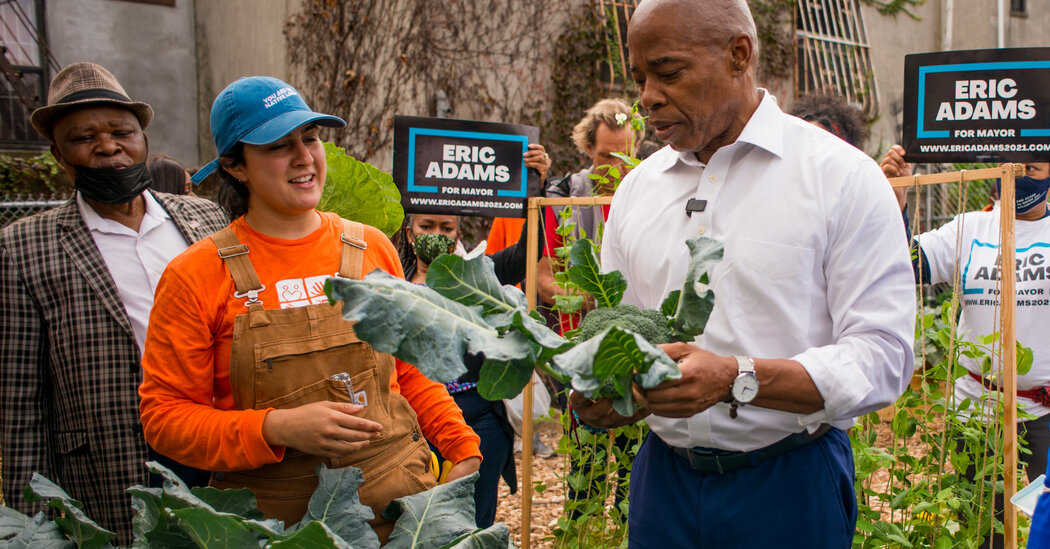
The initiative could be an opportunity to support New York State farmers, Ms. Ramos said. School districts that buy at least 30 percent of their food from in-state producers receive bigger reimbursements from the state; New York City, she said, could learn from Buffalo, where the school district was able to meet that standard within a year of its announcement in 2018. A spokeswoman for the state agriculture department said New York City schools had not applied for reimbursement through the program; the city’s education department declined to say whether its schools met the 30 percent standard.
Mr. Adams said Vegan Fridays were still a work in progress, and he wanted to make improvements before deciding whether to add more days. “This is the beginning of a conversation,” he said. “We are going to sit down and say, ‘Hey we did a month of this, let’s come together and figure out, how do we do it right?’”
Some food activists say the city missed a chance to sell the public on a good idea.
“I think earlier, more proactive communication would have been helpful to explain a big change,” said Liz Accles, the executive director of Community Food Advocates, an organization addressing poverty and hunger in New York. “So many families rely on the food, and if parents and children and school communities aren’t clear about what it is,” she added, “people can go to the worst place.”
It may be harder for food-service directors for school districts to offer vegan meals when they have grown accustomed to the subsidized food they receive through the U.S. Department of Agriculture’s Foods in Schools program, which includes meat and dairy, said Amie Hamlin, the executive director for the Coalition for Healthy School Food, an organization that promotes plant-based meals.
While vegan foods are available through the Foods in Schools program, “schools go for the foods that would cost the most on the open market,” Ms. Hamlin said (though a recent Agriculture Department report shows that applesauce, strawberries and canned peaches are the most requested items for the 2022-23 school year for New York City and Long Island). The federal government requires cafeterias to offer milk as part of its National School Lunch and Breakfast program.
Milk has emerged as a new battleground. When Mr. Adams recently signaled that he would consider a ban on chocolate milk in schools because of its high sugar content, he was assailed by dairy farmers and members of the state’s congressional delegation who contend that flavored milk is an important source of nutrients for many schoolchildren.




